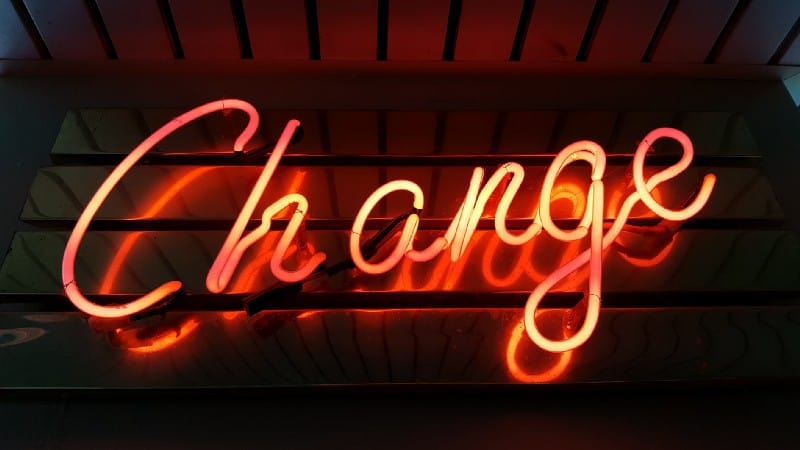
A Design Sprint is a focused, five-day process to quickly gather insights on your users, prototype ideas and validate them. I could regale you with countless anecdotes about the benefits of Design Sprints; but there is also some solid data to back it up as well. According to IBM, design thinking research can lead to a 75% reduction in design & delivery time, often reducing an 8 month project to 3 or 4 months. Additionally, they have found that the number of defects goes down by 50% with this type of up-front work. (If you want to know more about Sprint generally, check out my article here.)
While most documented examples of Sprints are for consumer software products, the techniques apply to other products and services. For example, they are a great way to conduct the initial discovery or ideation phase of any project. They are also an effective tool when pivoting or at each gate in a stage gate project. It’s also an effective way gather requirements.

If you’re interested in a Sprint or want to hire an outside facilitator to run yours (it’s always a good idea to bring in fresh eyes so you can focus on outcomes, not process), but are having trouble convincing yourself or others to invest, here are my thoughts on why Design Sprints are a no-brainer investment for any company.
“It’s really hard to design products by focus groups. A lot of times, people don’t know what they want until you show it to them.”
— Steve Jobs
Benefit #1: Get User Feedback Before It’s Too Late
Sprints help build products people will actually use. Have you ever worked on a product or project that never went anywhere? Or that your users just didn’t like? What if you could increase your confidence in product-market fit? A Design Sprint can help you do just that.

In a few short days, a Design Sprint will lead your team to the creation of a rapid prototype that you can test with your users and get immediate feedback. Compare this to the time and effort it takes to build a new feature (or entire product!). With a Design Sprint, you never have to worry about getting user feedback too late. Get it quickly and make more informed decisions that will lead to greater success down the line.
Benefit #2: Visibility & Alignment
One of the many things I love about leading Design Sprints is seeing diverse, multitalented teams come together to take on their challenge; it often breaks down boundaries between different parts of an organization. This starts on the first day of the Sprint, when the team digs into the user insights and research together. By unpacking all of this information as a collective, the entire team suddenly has visibility into the same data points. These insights are incredibly important to aligning the team on a common goal.

Alignment is also encouraged by the small and focused team that works on a Sprint. In my Sprints, I typically try to limit the direct participants to seven. (However, there ways that we work to involve more of the team when necessary.) Team alignment is so important for speeding up development and design post-Sprint, as well as improving communication. Everyone will understand the same business goals from the start. An added bonus to all of this is that your team will leave your Design Sprint more bonded and connected by a highly meaningful and impactful experience.
Benefit #3: Foster a Culture of Innovation
Many companies today are looking for the innovation silver bullet and how to provide the structure and tools that will allow their teams to discover the next big thing. Design Sprints are a great tool to insert into your innovation program. They are well suited because they are lightweight and deliver infectious outcomes.
Many clients already know they should be rapid prototyping but due to a variety of reasons they aren’t currently doing it. Often, it is because they are victims of the status quo and simply stuck in their old ways of doing things. They fear the level of effort it may required to adopt these new rituals. When management invests in a Design Sprint, it sends a clear signal to the team that they have agency to take on these type of innovative methodologies in their work.

There’s another aspect to how Design Sprints can foster innovation. They’re an excellent way to identify members of your team who are engaged and forward thinking and maybe even ready to take on a new challenge or leadership role. And, having gone through the Design Sprint experience, these people will be equipped to lead one themselves and/or bring these tools to their own work.
Benefit #4: Less Risk, Speed & Momentum
Think about a recent decision where you lost time and money because you went down a path that wasn’t quite right. With the help of a Design Sprint, you’ll encounter these scenarios less often. If the price tags of the potential failures or the potential successes are high, it might be worth experimenting with a Sprint. (To find out more about this, check out this article.) Through the process, some of your hypotheses will be validated, others won’t. You’ll know if you need to pivot and in which (correct) direction.
All of this means you can save yourself months of design, engineering and development costs. You’ll be able to get your product, idea or feature to market faster because you’ll be focused on the right thing.

A related benefit is that you’ll come out of your sprint with a ton of momentum surrounding your project. You’ll have a clear North Star and team excitement around the idea. You’ll even end the Design Sprint week with a concrete prototype that will serve as a visual spec for your development team. Having this prototype will help you communicate your ideas and will be another way that you’ll be able to move faster as an organization because of your Sprint.
Benefit #5: Focus
The amount of work that can be accomplished by a small team in a five day Sprint is incredible. You’ll be amazed at how productive your team can be when they have the structure of the Sprint to guide them. I truly believe what happens in a week-long sprint is easily equal to 3 or 6 months of work.

A lot of this has to do with focus, with lack of distractions. Your team is usually pulled in so many directions on an average workday. But in a Sprint, we can be (and should be), focused solely on the task at hand. At the beginning of a Sprint week, I usually tell everyone to turn their phones off and put their computers away. This mindfulness to the challenge, to our co-workers, and to coming up with a new solution, is one of the keys to encouraging new thinking.
Final Thoughts
Design Sprints can appear overwhelming, both in financial cost and opportunity cost. But what’s the real cost of continuing to do things the way you’ve always done them? Ask yourself some of these questions: What’s the cost if your project is less successful than it could be? Or if you don’t have product-market fit? Or if you build the wrong thing? Considering that Design Sprints radically reduce risk, remove orthodoxies, reduce time to market, and accelerate innovation, I believe you can’t afford not to do it.
Want to find out more about planning a Design Sprint? Read Design Sprint Resources & Planning Tools next.



